Tony Tan's Chinese New Year tour of Melbourne's Chinatown
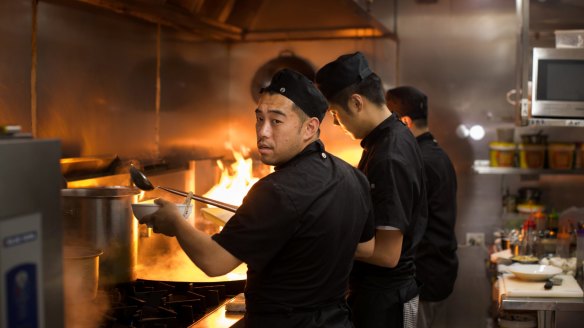
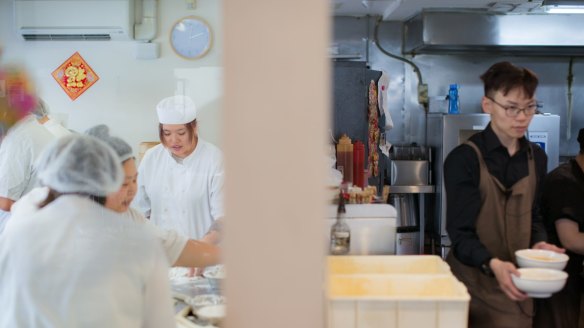
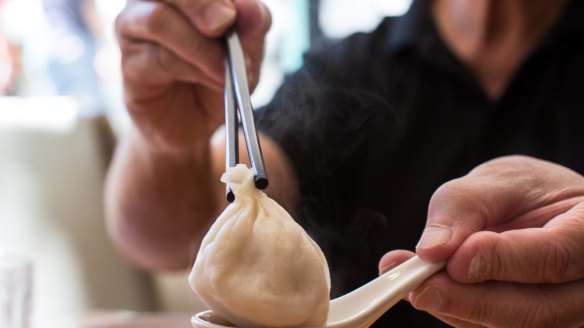
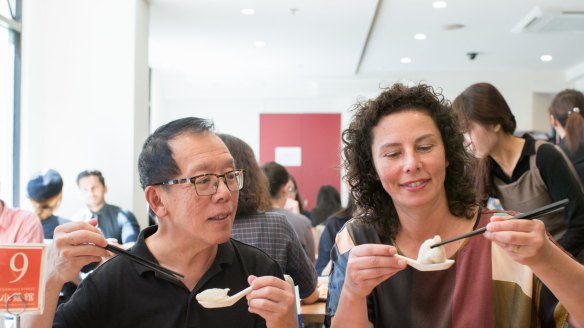
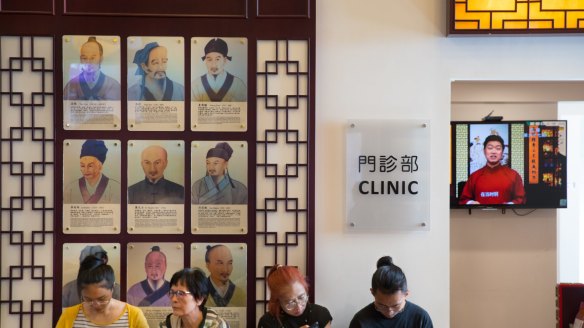
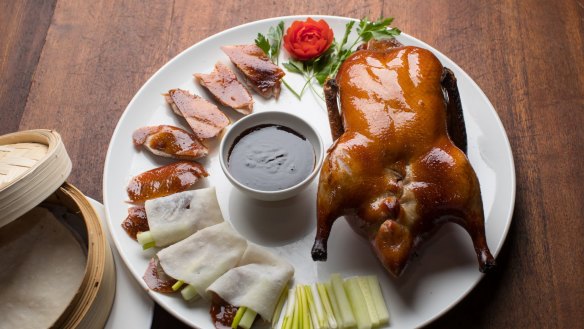
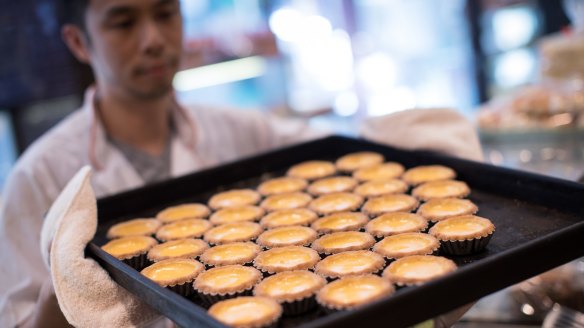
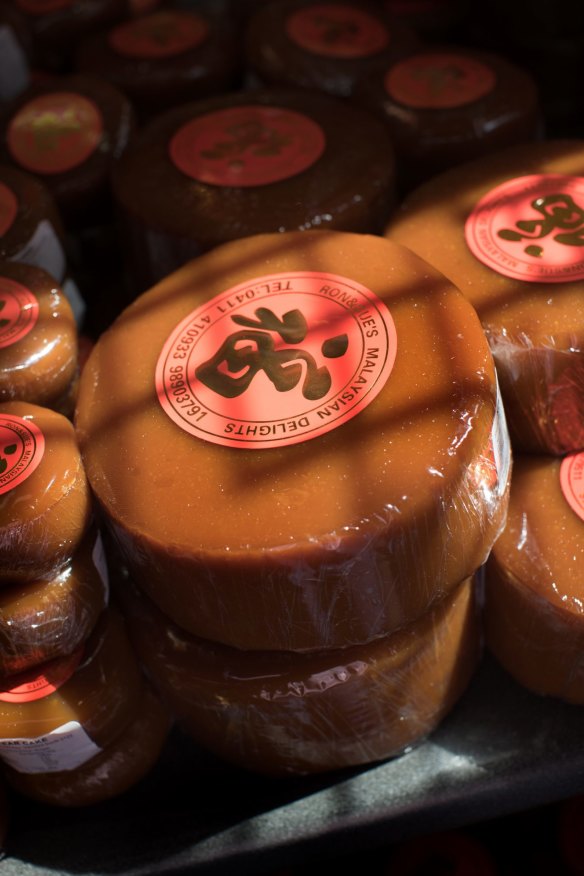
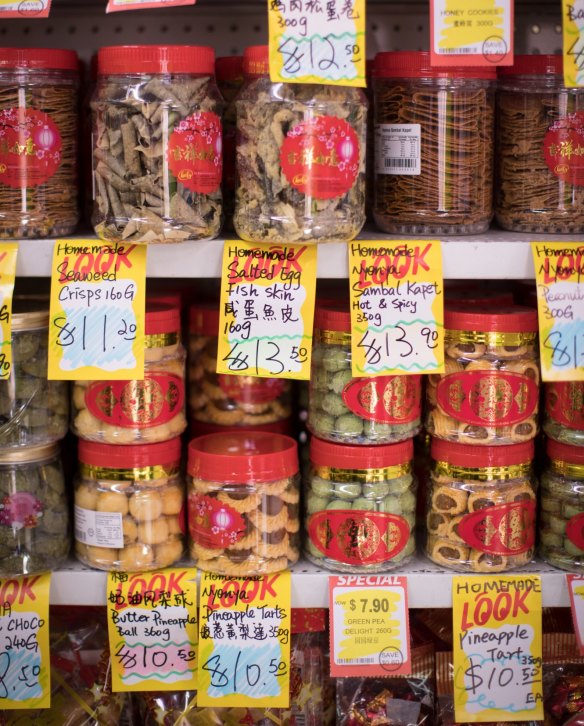
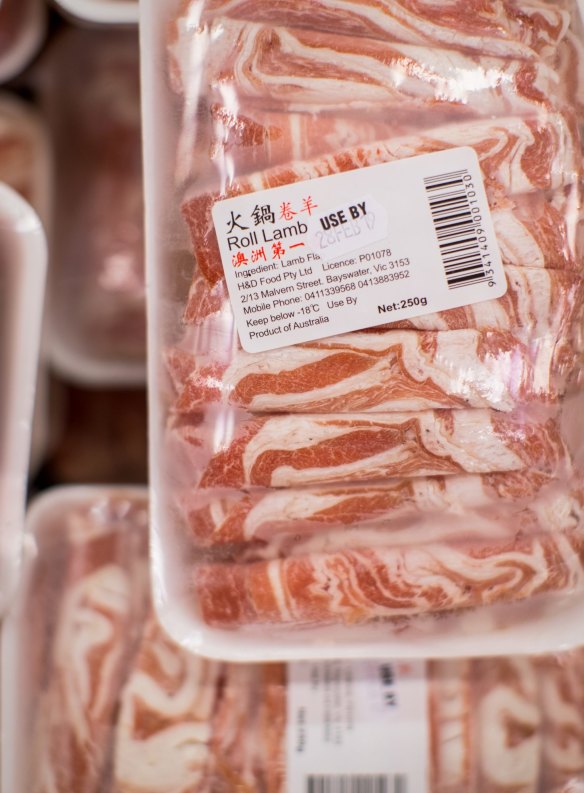
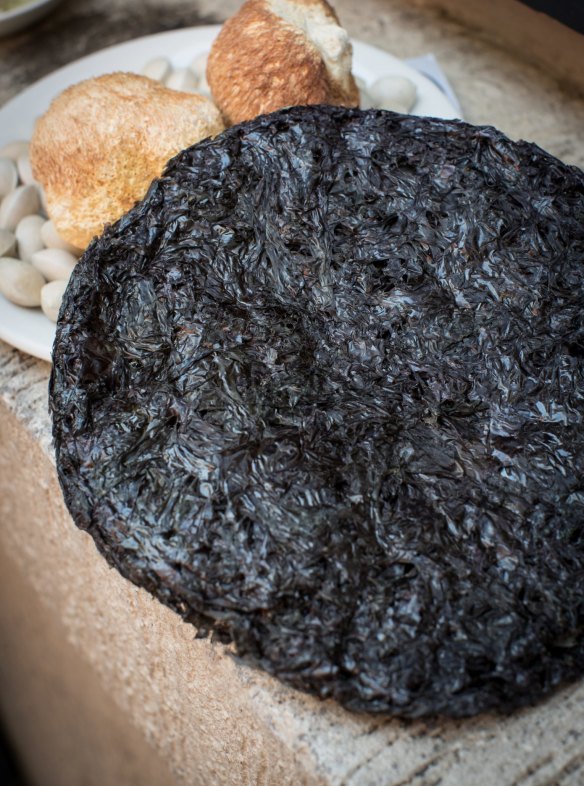
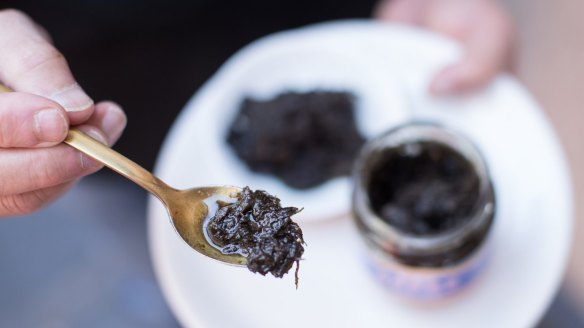
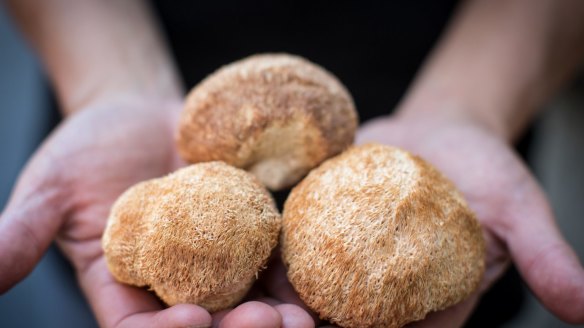
As much as it's anything – sport-mad, food-crazy, laneway-loving - Melbourne is an Asian city. It's been so since the early 1850s, when the first Cantonese immigrants followed the lure of the 'New Gold Mountain' to Victoria and created a community hub in Little Bourke Street.
Through ups and downs – the 1880s boom, the White Australia Policy's racism, the decline and subsequent revivification of the CBD, new Chinese communities forming in Box Hill and Glen Waverley – Melbourne's Chinatown has persisted.
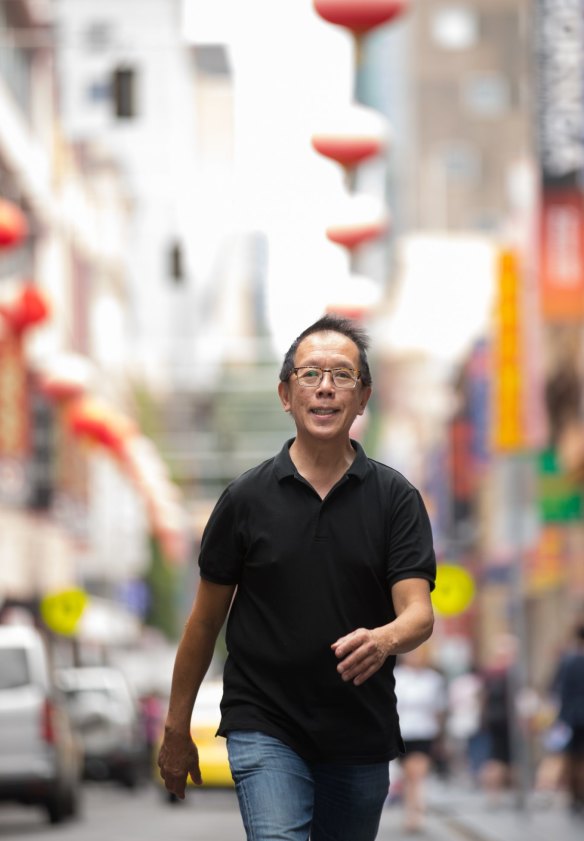
It's the oldest Chinatown in Australia and second only to San Francisco in the western world. With almost a third of city residents identifying as Chinese (32.6 per cent in the 2016 census), it's a brilliant place to learn more about a part of Australian culture that's ubiquitous but can still be mysterious.
Education can come via the Chinese Museum, the five decorative arches framing the street, the peaceful garden at the top of the hill but my preferred method is to dig into Chinese culture via its food.
I can eat rice with chopsticks. I know bok choy from choy sum. I can pick Sichuan pepper at 20 paces. But really, the main thing I know about Chinese food is how much I don't know. Ah, I know one more thing. The perfect person to help me decode, uncover and feast my way to greater understanding is chef, author and cooking teacher Tony Tan.
With Tan by my side, I can be more daring.
Malaysian-born and multilingual, Tan has travelled and eaten throughout Asia – he's a hot-pot hero, a rice rajah, a noodle know-it-all, though unassuming with all his expertise. I once hosted a cooking class that he led. OK, so we set off the smoke alarms but we learnt how to get duck perfectly crisp.
We begin a tour of Chinatown as it scrubs up for Chinese New Year celebrations which kick off on Thursday night.
First stop is Beijing Tong Ren Tang, the Melbourne arm of a medical emporium that dates to 1669 in China. It's busy and smells earthy and spicy. White-coated doctors see patients in consulting rooms then dispense prescriptions from a wall of 300 wooden drawers. In the drawers are ginseng, herbs, flowers, sinew, the occasional deer pizzle (yes, that's what you think it is).
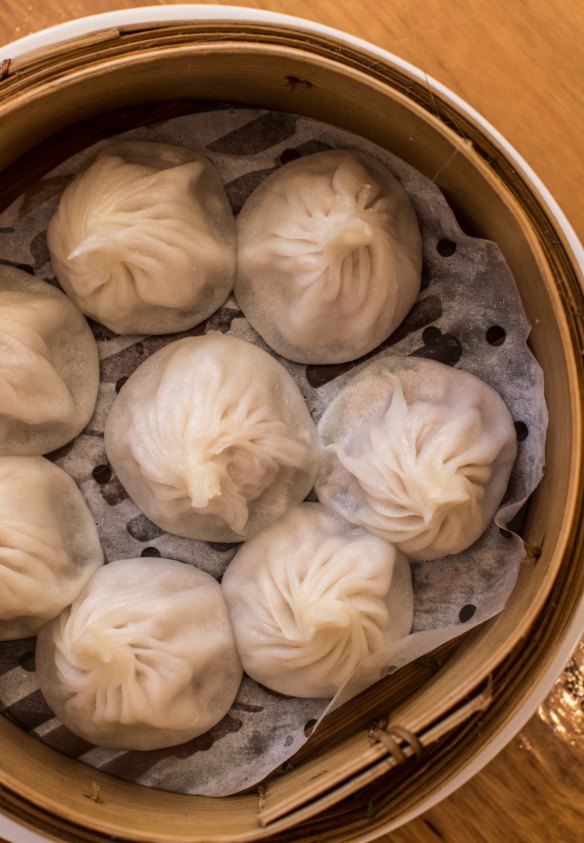
In the centre of the high-ceilinged room, packets of food are available for purchase. "There's medicine and there's also food as medicine," says Tan, surveying shiitake mushrooms, peanuts, soy beans, goji berries, soup mixtures (one is labelled "Happy Family Soup" – I grab five) and dried "monkey head" mushrooms. These look like bulbous sea sponges that could also work as exfoliators. "These are really meaty, fantastic," he says. "They need to be soaked, then cooked for a long time, with broth, chicken or pork, ginger and soy, that's all there is to it." Apparently, they assist brain function, too. We buy some, along with laver, black, feather-light discs of dried seaweed that are sometimes prescribed for high blood pressure.
As we walk down the Little Bourke Street hill, Tan expands on culinary uses for laver. "People think that the Chinese don't eat salad but this is a dried vegetable so I call a cold dish with laver a salad," he says. "It's easy to use: just soak it briefly in boiling water, drain it and add vinegar, dried shrimps, cucumber. Add tomatoes if you like – it might not be Chinese but it's good." I make the salad that night with black vinegar, light soy, sesame oil, fresh mushrooms and tomatoes. He's right – it is good.
We pull up at the queue outside Shanghai Street, an always busy dumpling house. Our photographer Simon Schluter is slightly appalled that people are waiting for dumplings. He had assumed there was a new iPhone. We explain that dumplings are way better than phones. "Dumplings are a whole world," Tan says, from the back of the queue.
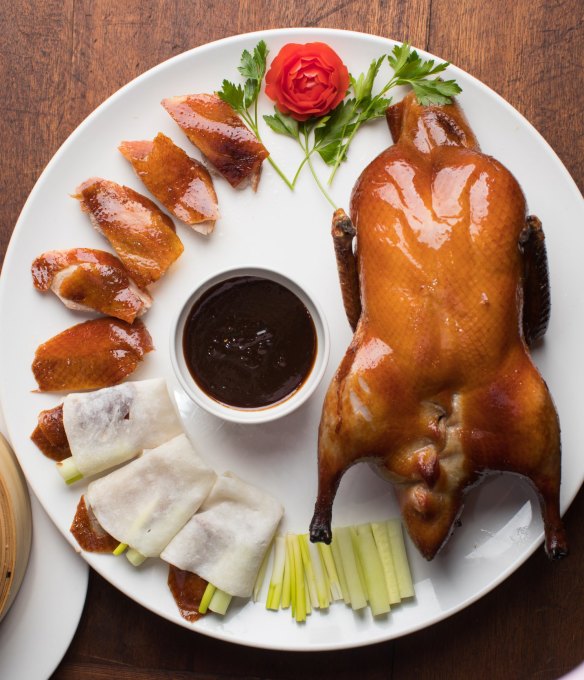
"They come in so many forms. Dumplings from the north of China are usually made with flour pastry and have straightforward shapes, whereas in the south they also have translucent 'crystal' dumplings made with a mix of wheat starch and tapioca flour, and open dumplings known as siu mai, and even dumplings with a rice coating on the outside."
Making a good dumpling depends on a finely minced filling and a thin wrapper – "but not too thin, it must be strong enough to hold the filling", he says. "It's a fine balance."
Soon enough, we're in and there's a steaming basket of xiao long bao dumplings before us. The minced pork filling includes solidified pork stock that melts to broth as it's steamed: chomping into them can mean a soupy explosion. "It's hard to make these," Tan says. "You have to be very practised to gather the dough and twist the top without making the seams too thick."
The next skill is in the eating. "Take a Chinese spoon, put black vinegar on it, use chopsticks to pick up the dumpling by the neck and put it on your spoon," he says. "Then nip a little hole in the top of the dumpling, slurp out the soup, and put the whole dumpling in your mouth at once."
The best thing about all these instructions is that it's so delicious to practise getting it right.
In a bao daze, we head to Russell Street and Tang Food Emporium, a Chinese supermarket that has been here 35 years. I love browsing grocery stores like this but I tend to end up with the same soy sauce and tofu every time. With Tan by my side, I can be more daring.
We investigate the meat fridge. Paper-thin slices of fat-threaded lamb breast are rolled and frozen in 250-gram packets. In English, it's called "lamb flap" but Tan tells me the Chinese characters simply say "hot pot" and that the meat is for adding to burbling northern Chinese broths where it would cook in seconds. "But you could also use it for a stir-fry," he says. "Marinate the meat with rice wine and soy, chuck ginger and spring onion in your wok, whatever veg you like, and throw this in – it cooks instantly."
We look at the tofu fridge, where there's wobbly silken tofu, firm blocks, plain and flavoured, strips, sheets, crisp shards of fried tofu skin (or yuba, the top layer that forms during cooking, like the skin on milk), even a "dessert" tofu the consistency of Greek yoghurt. I get distracted by bags of fresh white gingko nuts. "Ah, gingko, these are really good for your memory," Tan says. "You crack the shell, there's a soft seed inside and you can put it in sweet and savoury soups or – if you blanch it first – add it to your stir-fry with shiitake mushrooms."
I've read about sand ginger in Tan's new cookbook, Hong Kong Food City, so we go and find it among the spices where it's labelled "rhizoma powder". Similar to galangal and also known as kencur, it's a rhizome (Kaempferia galanga) but is sold in ground form here. In his book, Tan uses it to season Hakka salt-baked chicken and a braised abalone dish. "It's peppery, gingery, two flavours that come together," he says. "When you taste something and wonder what the hell that flavour is, familiar but unknown, this is what it might be."
In the next aisle we find Chinese olives which are not olives at all but an olive-shaped fruit (Canarium album) with abundant variants that can be eaten fresh, preserved, dried and candied. Here, they're sold in jars as a fermented preserve with mustard greens. This is a big discovery – a jar of ready-made deliciousness. "It's easy to use," Tan says. "Steam some rice, mix it through, eat." I do just that a few hours later and it's easy-peasy heaven, funky and salty and – hey – healthy, because apparently Chinese olives are anti-inflammatory, too.
We pop into Maxim's Cakes where owner Kevin Chan shows us his pineapple buns which, by the way, don't have any pineapple in them but do have a crumbly, knobbly pastry top which may or may not make the observer think of a pineapple. The best way to enjoy this Hong Kong favourite is to heat the sweet bun, freeze a slab of butter and then sandwich cold butter in hot bread. Add a cup of milk tea and you're practically a Hong Konger.
Also worth trying is the Wife Cake, a flat, flaky pastry filled with a candied mixture of winter melon (a gourd) and glutinous rice flour. One story behind the name tells of a dutiful wife who sold herself into slavery to support her husband's family. Her grateful spouse created a cake in her honour and sold so many of them that he was able to buy her back. Talk about "for better or worse".
Our last stop is Flower Drum, which Tan declares has the best Peking duck in Melbourne. "Peking duck is a restaurant dish – you don't make it at home because preparing the duck is so laborious," he says. "It's a two-day process: you dry the skin, blow it to separate the skin from the flesh, baste it, and hang it overnight." The next day it's roasted, carved and served with thin pancakes, cucumber, spring onion and a sweet sauce.
About 90 per cent of Flower Drum's tables order Peking duck, owner Jason Lui says. "We only give you the best parts of the duck, sliced a little more thickly than normal, and always with some of the skin so you get the best of both worlds in one parcel," he says. The sauce is a closely guarded secret but it has elements of hoisin and plum. Why is this the best in town, I ask Tan. "The duck is beautifully roasted, it's succulent not dry, the pancake is soft and warm, and the sauce is very well balanced."
I'm full of duck and dumplings, I've got a shopping bag of goodies to put in my pantry, and my brain is brimming with new information. Now I just need to eat a bag of those gingko nuts so I can remember it all.

Top treats
Beijing Tong Ren Tang
Chinese medicine and culinary ingredients that happen to have medicinal properties.
Best buys: Laver seaweed $2; monkey head mushrooms $7.10 for 100 grams
108 Little Bourke Street, Melbourne, 9077 0017
Shanghai Street
Busy dumpling specialists, usually with a fast-moving queue outside.
Best buy: Xiao long bao $11.80 for 8
146 Little Bourke Street, Melbourne, 9662 3226
Tang Food Emporium
Jam-packed Asian supermarket with fresh, frozen and packaged goods, including a great Chinese New Year selection near the front door.
Best buys: Chinese olives $1.80 for 180 grams; lamb flap $5.90 for 250 grams; sand ginger $1.50
185 Russell Street, Melbourne, 9663 3716
Maxim's Cakes
Small take-away bakery for sweet and savoury Hong-Kong style treats all made on site.
Best buys: Pineapple bun $1.70; wife cake $3.20
173 Little Bourke Street, Melbourne, 9662 1980
Flower Drum
Melbourne's premier Cantonese restaurant serves meticulous food in a sedate, formal setting. It's a treasure.
Best buy: Peking duck $20 for two pieces
17 Market Lane, Melbourne, 9662 3655
Eight ways to eat yourself lucky
The Year of the Dog begins this Friday, February 16, so New Year's Eve celebrations will erupt on Thursday night. There are hundreds of lucky foods, sayings and actions said to bring good fortune for the new year.
Tony Tan has eight easy tips for shoring up your luck. Many foods are deemed lucky because their names are homonyms for words such as "wealth", "abundance" and "luck".
■ Call forth riches by eating special boat-shaped dumplings which resemble Chinese gold ingots. Look out for them over the 23-day new year period.
■ Eat spring rolls because they beckon the northern hemisphere spring (you can also buy spring roll "biscuits" at Asian groceries).
■ Put a pineapple on display, fronds and all, because in the Fujian dialect the word for pineapple (ong lai) means "luck coming your way".
■ Surround yourself with red flowers, foods and clothing because red – and pink – is the colour of luck.
■ Eating whole steamed fish is auspicious, partly because it symbolises completeness and also because the word for fish (yu) sounds like "surplus" or "increase'"
■ Oysters (ho see) are lucky too because their name means "good news" (there's a dish of dried oysters and sea moss which is especially lucky).
■ Wipe away bad luck by cleaning your house scrupulously before the new year begins but don't clean during the celebrations because you'll sweep away all the good luck you're engendering. "Even if you drop a Peking duck on the floor you can't sweep," Tan says. "You just have to pick it up."
■ Eat gingko nuts because the shape recalls silver ingots and therefore denotes wealth.
Restaurant reviews, news and the hottest openings served to your inbox.
Sign up